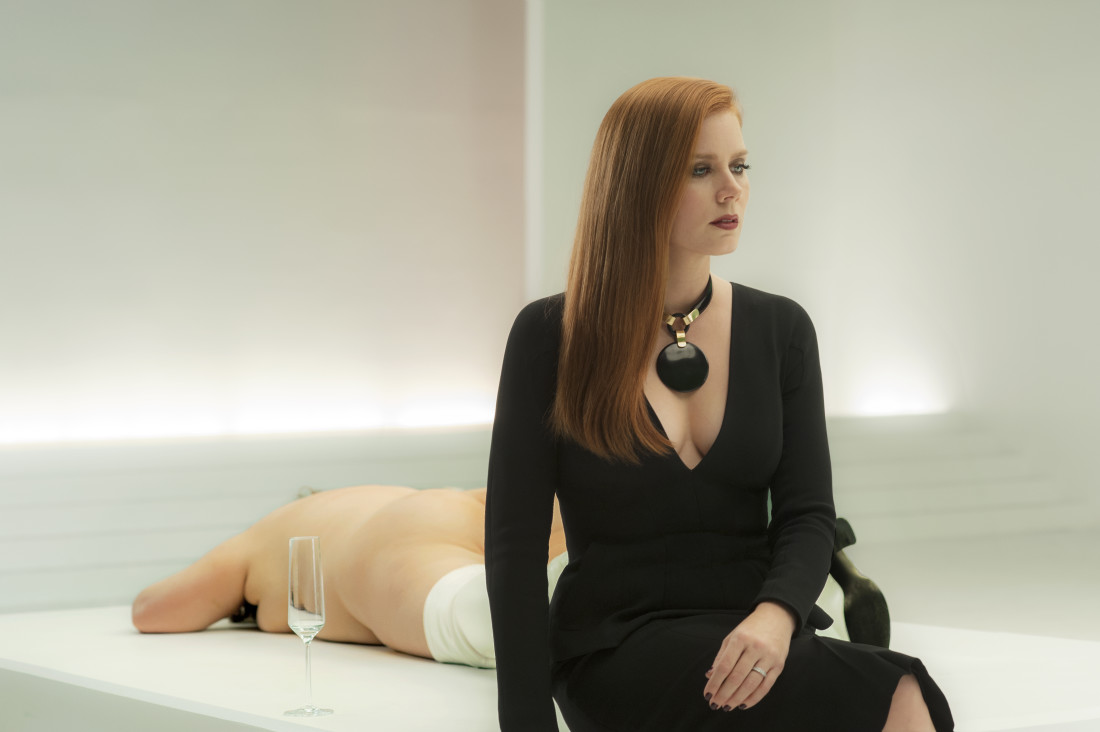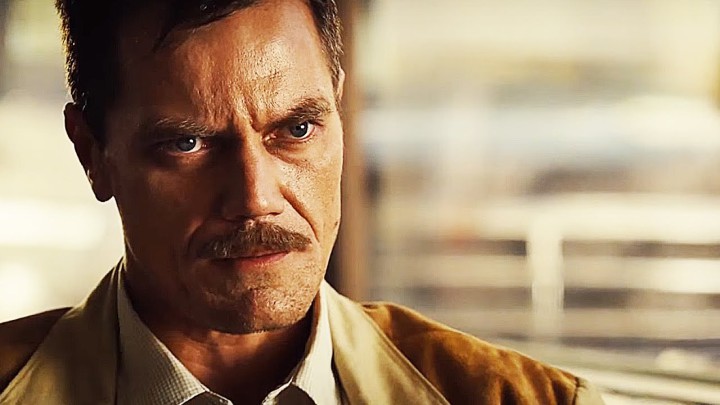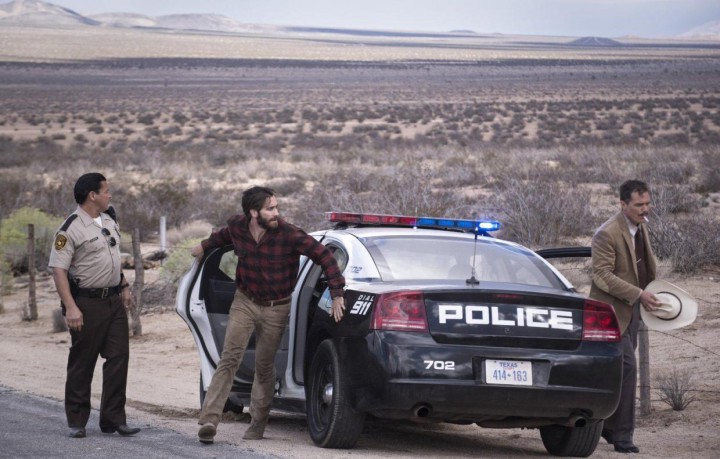Tom Ford’s masterfully conceived deconstructionist neo-noir thriller Nocturnal Animals is not a film about relationships; it’s not even really a film about people. At its core, Animals is a film about the psychological function of art — both high and low — and the purpose the creative process can serve in the development of the artist on a personal level. It’s also a story of deceptive depth and affect that reaches some very unexpected emotional and narrative places. Ford’s script is a web of obfuscation hiding a human message under multifarious layers of story, and that’s precisely the Gordian knot that makes the film so compelling to unravel. There will be very few moviegoers that will not find themselves haunted by the film for some time after the credits role, and even those who are prepared to dismiss the film out of hand will likely concede that there’s something very interesting going on here.
The source for such dismissals would unquestionably be writer-director-producer Ford, here helming his sophomore feature based on Austin Wright’s 1993 novel Tony and Susan. A consummate stylist on the basis of his haute couture pedigree, Ford is something of a polarizing filmmaker. Nocturnal Animals will do little to bridge the divide between those who love his work and those who hate it. But when a film’s opening credits prominently feature a full-frontal Lynchian cavalcade of overweight women dancing with sparklers, you know you’re in for a unique cinematic experience at the very least.
Ford seems to excel in character design if not always character development, and his against-type casting of Amy Adams as a slick-as-black-ice L.A. art gallery owner is an inspired choice. Adams delivers a classic femme fatale turn with a touch of pathos-inspiring neurosis as Susan, whose fiscally faltering philanderer of a hubby (Armie Hammer) leaves her with enough time on her hands to become a little too immersed in a manuscript from jilted ex-husband Tony (Jake Gyllenhaal). This is where the film diverges into noir territory, as Tony’s novel reads like a poor-man’s Cormac McCarthy with an extra serving of pulp, its story commingling with Adams’ flashbacks to create a filmic narrative as circuitous as any Dashiell Hammett adaptation. Adams and Gyllenhaal gracefully navigate the film’s twisting narrative contortions, with stellar supporting turns from Michael Shannon, Laura Linney and Aaron Taylor-Johnson fleshing out a bleak psychological landscape.
The metatextual commentary reinforced by the novel within the film underscores the breakdown of Susan and Tony’s prior relationship, playing out its potboiler melodrama with Gyllenhaal starring (again) as the book’s protagonist Edward, whose wife and daughter — with Isla Fisher as a fictional proxy and visual analogue for Adams’ Susan — are abducted and abused by nefarious Texas hill country highwaymen. If this all sounds a bit convoluted, that’s because it is; but rest assured, Ford is utilizing this overwrought conceit to make a larger point. The emotional impetus of the film can be found in the violent pessimism of its mise en abyme, and while the byzantine structure of the script likely owes a great deal to its literary source material, Ford adds his own touch of black, tongue-in-cheek satire to the proceedings that should tip off audiences to his underlying motivations.
If Tony’s book isn’t particularly good, it’s still better than the “art” curated in Susan’s gallery. These are characters with no taste to speak of, but who gravitate toward artistic pursuits nonetheless. Adams’ Susan seems to be suffocating under the abandonment of her creative impulses, while Gyllenaal’s Tony uses his writing to work through the emotional trauma he suffered at her hands. The film is at its most effective between the lines, where the thinly veiled autobiographical attack of Tony’s novel is felt most acutely by its target as Susan’s growing sense of regret and desperation becomes inescapably palpable.
Ford is utilizing his script’s tripartite story structure to make a statement about the often blurred lines between memory and fiction, between life and art. Both Tony and his literary stand-in Edward are depicted as weak characters, but by the time the film’s downbeat ending reveals his true intentions, his character arc is cathartically completed through a strength expressed in his work itself rather than through any climactic confrontation with the woman who wronged him. If life doesn’t exactly imitate art in Nocturnal Animals, the film’s ending certainly imitates life’s capacity for conclusions that can be at once frustratingly ambiguous and definitively final. Directorially, Ford has successfully navigated a minefield that could have derailed a lesser production, crafting a film that walks the razor’s edge between strained seriousness and pastiche, in the process delivering a film that will impress with its capacity for both tact and tackiness in the service of a significant statement. It’s a singular achievement, and while it may polarize audience assessment, it’s an undeniably distinctive piece of work. Rated R for violence, menace, graphic nudity, and language.
Opens Friday at Fine Arts Theatre, Regal Biltmore Grande










Hugless Douglas at it again with the 4 1/2 stars. Is there any movie you will fully embrace?
He gave The Handmaiden a 5.
Be on the lookout for my review of Manchester by the Sea, running in this week’s Xpress. If anybody needs a hug, it’s Casey Affleck.
Will there be best of lists this year?
The lists should be out in the first or second week of January.
I sort of get it. 5/5 should be held as an artistic acme; something that can only be ascertained in one’s rear view mirror, really. It’s something you can judge after living with art for a while.